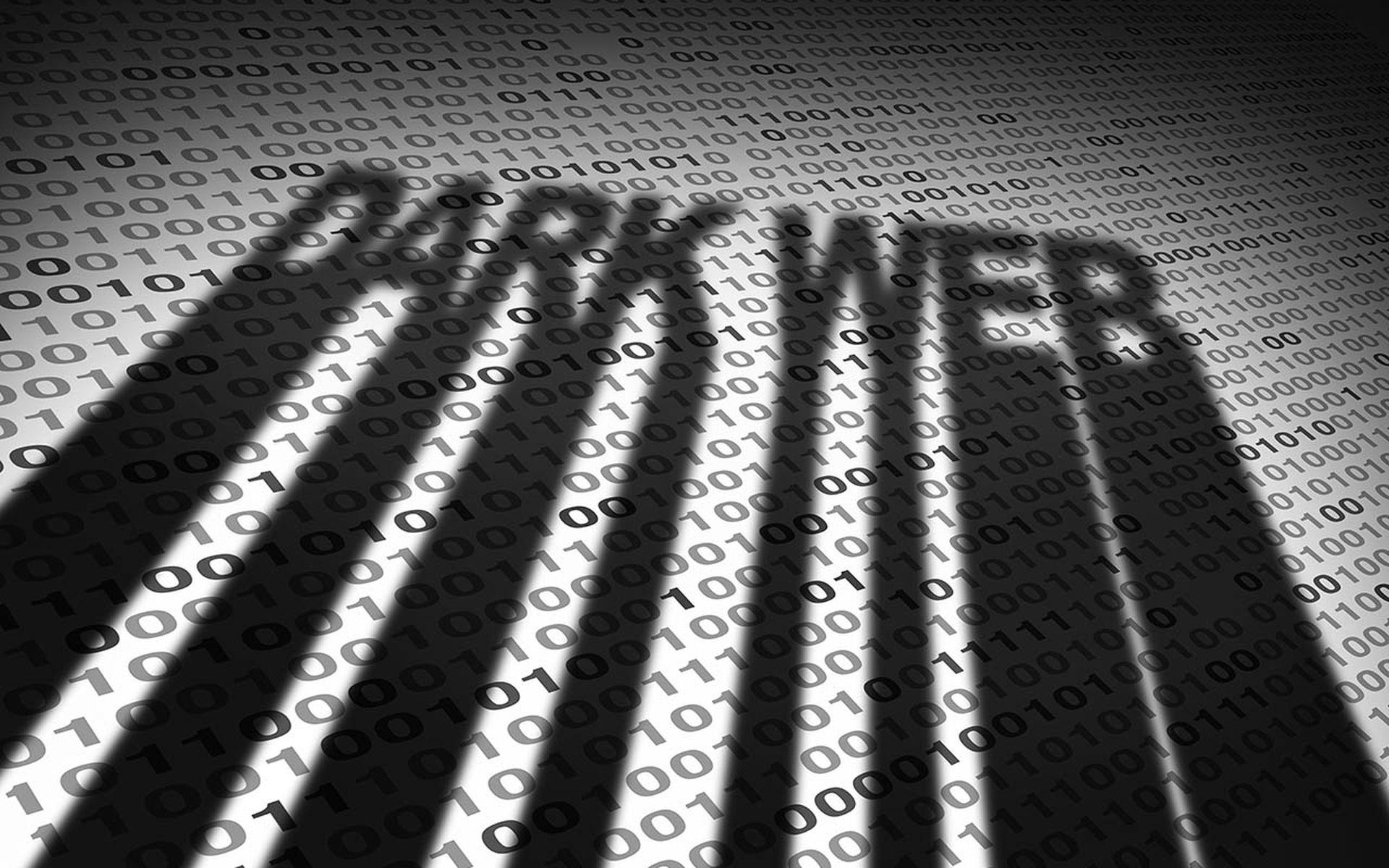Guest blog courtesy of CYRISMA.Over the past few years, cybercriminal activity on the Dark Web has evolved dramatically, with threat actors working in an increasingly structured manner with distinct business units and specialized roles.This article explores how the Dark Web—a deliberately hidden portion of the internet requiring specialized tools to access—has become both a marketplace for stolen data and a command center for criminal operations. As ransomware groups evolve their tactics and increasingly target vulnerable small and medium businesses, organizations need proactive intelligence strategies to detect threats before they materialize into breaches.With the Dark Web Intelligence market projected to grow at over 21% annually, reaching $1.66 billion by 2034, understanding this hidden realm has become essential for managed service providers (MSPs) offering cybersecurity services.Personal email accounts Online banking portals Subscription-based services Cloud storage Internal corporate networks The Deep Web is significantly larger than the surface web, potentially hundreds of times so. It's a vast repository of information and services that are not publicly accessible but are generally legitimate.Advertising Software and Services: Much like other businesses, cybercriminals actively advertise malicious software, hacking services, and other illicit offerings, including custom malware, DDoS-for-hire services, phishing kits, and botnet rentals. Initial Access Brokers (IABs): These specialized criminals focus on gaining initial access to high-value targets' networks, then selling these access credentials to other cybercriminals like ransomware operators. Just like legitimate businesses, cybercriminal operations have developed increased specialization, with different actors becoming active at different stages of criminal activity, such as malware development, data exfiltration, or negotiation with victims.Tor and Similar Networks: These tools anonymize IP addresses and encrypt traffic, providing a cloak of invisibility that allows cybercriminals to operate with relative impunity. Cryptocurrencies: Bitcoin and Monero are commonly used for transactions, providing a layer of anonymity through decentralized, untraceable transactions. PGP Encryption: Used to secure communications and protect sensitive information, ensuring only intended recipients can access sensitive data. Dead Drops: Physical locations for exchanging goods or information, adding a layer of physical anonymity that makes it difficult to link online activities to real-world identities. Regular URL Changes: Dark web sites frequently change their addresses to avoid takedowns, making it challenging for law enforcement to track and disrupt illicit activities. Adoption of the ransomware-as-a-service (RaaS) model Implementation of double and triple extortion techniques Development of affiliate programs Increased specialization within criminal enterprises They are typically easier to compromise Smaller attacks invite less scrutiny from law enforcement These incidents often receive minimal media attention The attacks can "fly under the radar," allowing cybercriminals to minimize their risk of detection In 2024, 94 ransomware groups listed victims, a 38% increase from the previous year The total number of victims posted on ransomware leak sites in 2024 was 5,728, an 11% increase year-over-year Also in 2024, RansomHub replaced LockBit as the top ransomware group The current top five ransomware groups are RansomHub, LockBit, Play, Akira, and Hunters International Early Detection of Data Breaches: Organizations can identify compromised data before it's exploited, allowing for timely mitigation and reduced impact. Protection Against Follow-up Attacks: Leaked credentials can be used for account takeovers and additional attacks; monitoring enables rapid response to prevent further damage. Supply Chain Risk Reduction: Monitoring can reveal security gaps in third-party partners and vendors, helping organizations vet potential business relationships for cyber resilience. Regulatory Adherence: Monitoring helps organizations meet proactive risk management requirements under various frameworks. Documentation for Audits: Provides evidence of security due diligence for regulatory reviews. Incident Response Timelines: Helps organizations meet mandatory breach notification deadlines by identifying compromises early. Credential Reset Protocol: Force password changes for all affected accounts immediately. Exposure Assessment: Determine what specific data has been exposed and its sensitivity level. Forensic Investigation: Identify the source and method of the breach to close security gaps. Legal and Compliance Notification: Fulfill mandatory reporting requirements to regulators and affected individuals. Enhanced Monitoring: Increase surveillance of potentially compromised systems and accounts. Threat Hunting: Proactively search for indicators of compromise that might suggest attackers are still present. Security Control Reassessment: Review and strengthen access controls, encryption, and other protective measures. Rising frequency and sophistication of cyberattacks and evolving ransomware tactics Escalating financial and reputational damage caused by breaches Stringent data protection regulations worldwide and noncompliance penalties Increased integration of AI and machine learning for automated analysis Expansion of threat intelligence sharing networks Growing focus on supply chain security, which can be vetted using Dark Web Monitoring Increased Client Demand: Growing awareness of cyber threats is driving demand for comprehensive security services. Complementary to Core Services: Dark web monitoring enhances existing security offerings by providing early threat detection. Competitive Differentiation: Adding this capability helps MSPs stand out in a crowded marketplace. Shift from Reactive to Proactive: Positions MSPs as strategic security partners rather than just incident responders. Recurring Revenue Stream: Monitoring services can be offered as subscription-based solutions, providing a stable income stream. As cyber threats continue to evolve, dark web monitoring has transitioned from a specialized security function to an essential component of comprehensive risk management. Organizations that implement proactive dark web intelligence capabilities gain critical visibility into potential threats before they materialize as breaches, providing time to strengthen defenses and mitigate damage.For cybersecurity professionals and MSPs, dark web monitoring represents both a critical security layer for protecting clients and a strategic business opportunity. By adding these capabilities to security programs, organizations can significantly enhance their cyber resilience in an increasingly threatening digital landscape.
Threat Intelligence
Dark Web Intelligence: A Critical Layer in Modern Cybersecurity Strategy

(Adobe Stock Images)
You can skip this ad in 5 seconds



